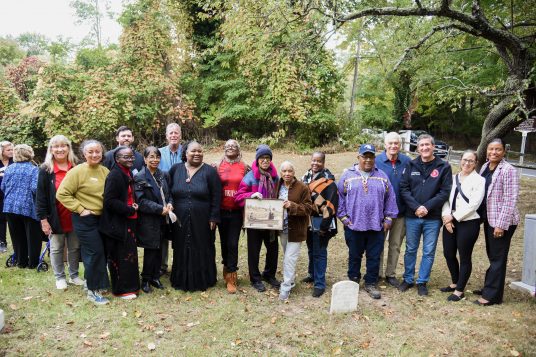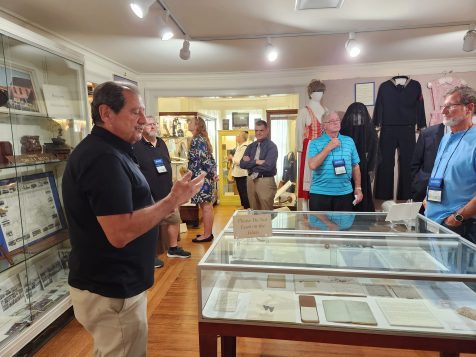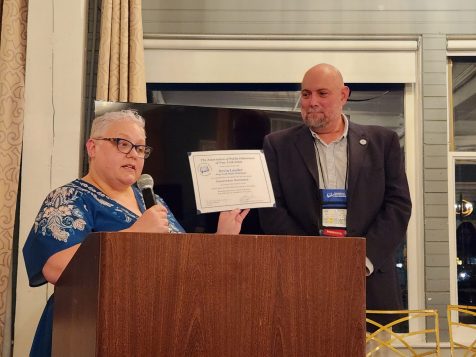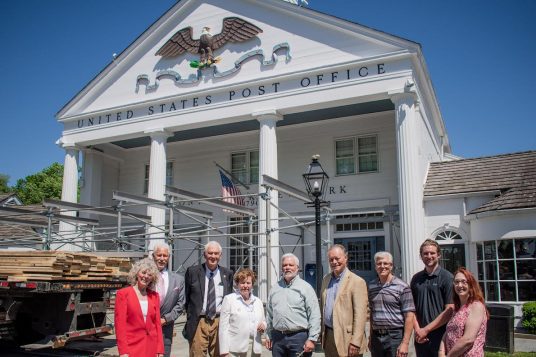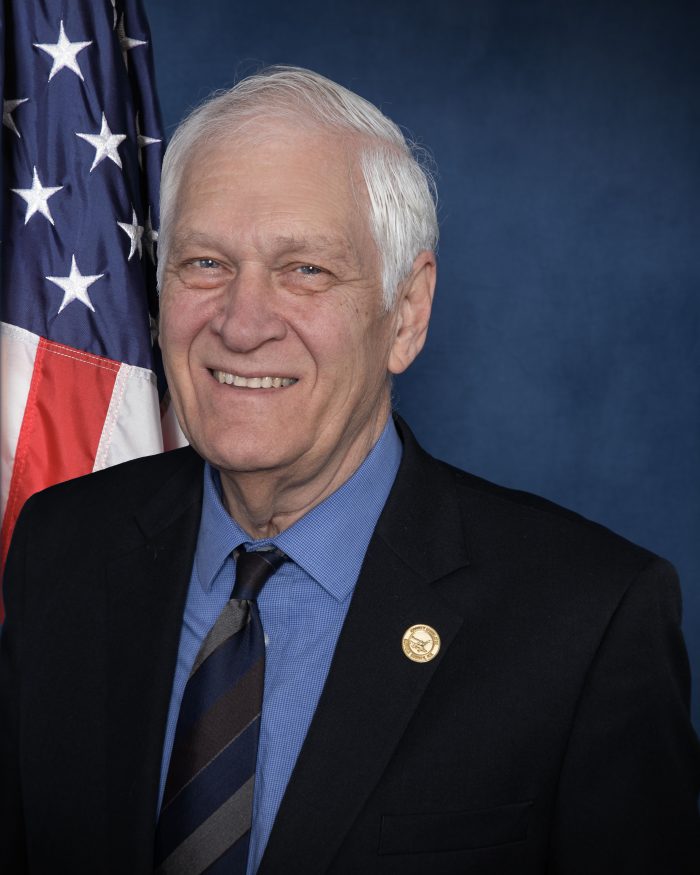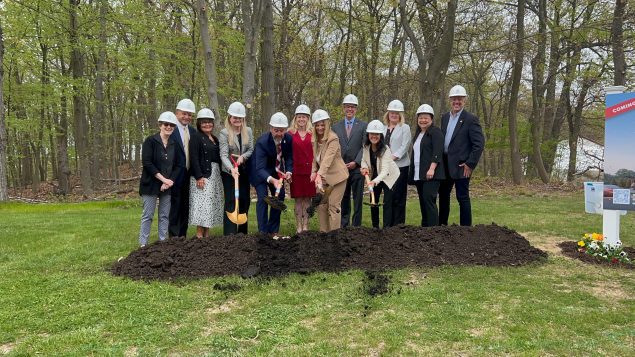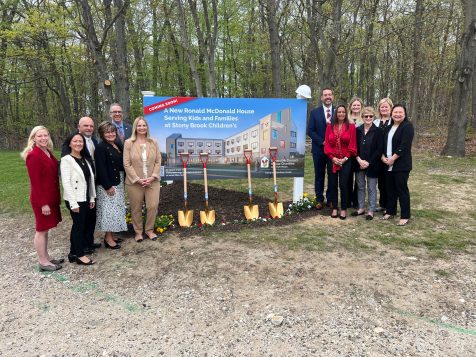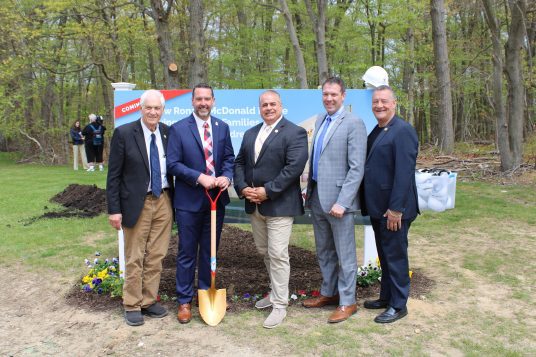By Sabrina Artusa
Savion Energy representatives stood before the Three Village Civic Association membership Monday, Nov. 4, to present their proposed battery storage facilities in East Setauket. Savion is a Shell Group portfolio company that develops utility-scale solar and energy storage projects.
One project is proposed for a lot off Sheep Pasture Road, while another location would be between Parsonage Road and Old Town Road.
Environmental benefits
These proposals arrive in the midst of a statewide effort to increase green energy sources and transition away from fossil fuels. In 2022, Gov. Kathy Hochul (D) doubled the state’s energy storage goal. Further, the Climate Leadership and Community Protection Act, signed by Gov. Andrew Cuomo (D) in 2019, aims for 100% zero-emission electricity by 2040.
These battery storage facilities is one among many being proposed across Long Island as power plants like the fossil-burning plant in Port Jefferson close.
Savion’s facilities will consist of containers of lithium-ion batteries that store excess energy during peak hours and discharge electricity as needed. The batteries, which have a life of about 20 years, will be charged and discharged on a daily basis but would be especially useful during increment weather when renewable energy sources are unreliable.
The batteries would take eight hours to charge and allow Long Island to ease its reliance on nonrenewable energy. The transition is intended to diminish adverse environmental effects by lessening greenhouse gas emissions.
Location and safety
The location is one of the major topics of contention. The locations are in close proximity to neighborhoods, making some residents uneasy.
Nicholas Petrakis, senior consultant of consulting firm Energy Safety Response Group, assured civic association members that scrupulous measures were instituted to minimize the chances of thermal runaway. This process occurs when a damaged cell releases heat and gasses, thus triggering the same reaction in nearby cells.
James McDaniel, senior battery storage engineer at Savion, said their systems are containerized and “designed to burn themselves out” and “fail safely”. The sites will be remotely monitored constantly by a team of experts, Petrakis said, and there is a sensor system that would notify the fire department and shut down the battery if anything is amiss.
Toxic off-gassing is a possibility — one that Petrakis said is a possible effect of most residential fires as well. Many present were apprehensive by this prospect. Further, the water used to counter any fires was a cause for concern, but Sean Flannery, senior director of permitting & environmental at Savion, said that “water runoff has not shown to be an issue” and that it will be contained on the property.
Residents from across the Island were present at this meeting, hoping to learn more about the battery storage systems that are proposed in their own towns. Many questioned the location, asking why it was necessary to install the facilities in such a dense area.
“Why would you consider putting something like this in this dense area?” one man asked. “The fact that in your proposed pictures you can see people’s houses doesn’t instill support.”
Indeed, the buffer wall intended to keep the noise to the 50 decibels allowed in the Town of Brookhaven code is visible in a picture of what Savion expects each site to look like from a surrounding residential area.
William Miller, managing partner at Clearview Consultants, explained that the project needs to be close to the electrical load it serves. Savion plans to lease the land for both sites.
County Legislator Steve Englebright (D-Setauket) and town Councilmember Jonathan Kornreich (D-Stony Brook) empathized with their constituents. Englebright, who throughout his career has supported environmental initiatives, said the locations have been historically difficult places to fill, given the zoning as light industrial.
“Something that is environmentally complicated and potentially harmful is not anything new to this area,” he said. Although he said he sympathizes with “all these correct uncertainties,” he added that residents have “to understand the larger context of what’s coming at us” in regards to the changing environment.
In response to a question of who will bear the financial burden of damages in the case a fire hypothetically causes damage to surrounding properties, Thom Rainwater, director of development at Savion, said, “In the case of an incident the company will be responsible. Full stop.”








